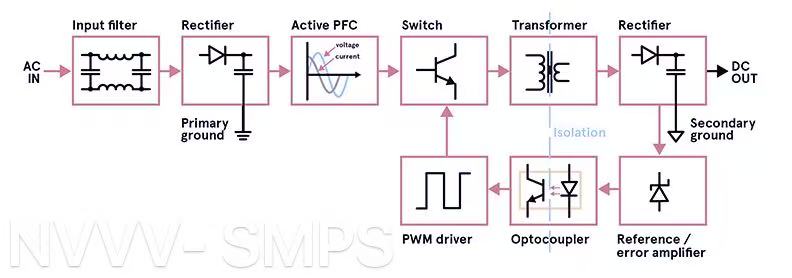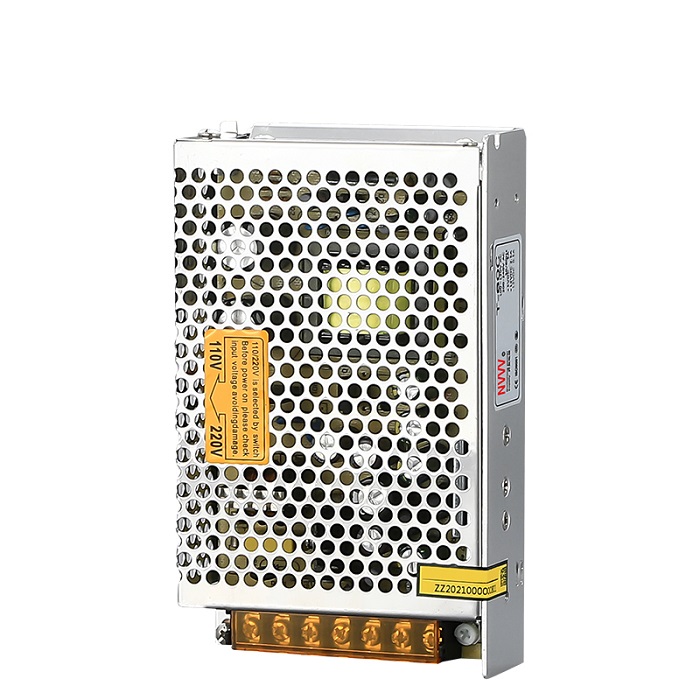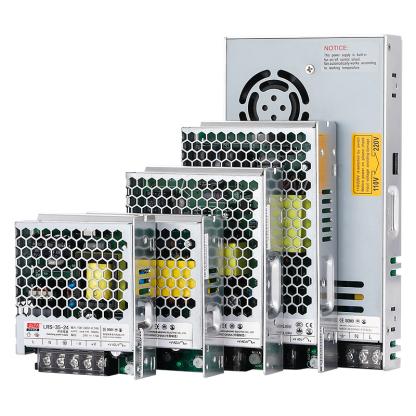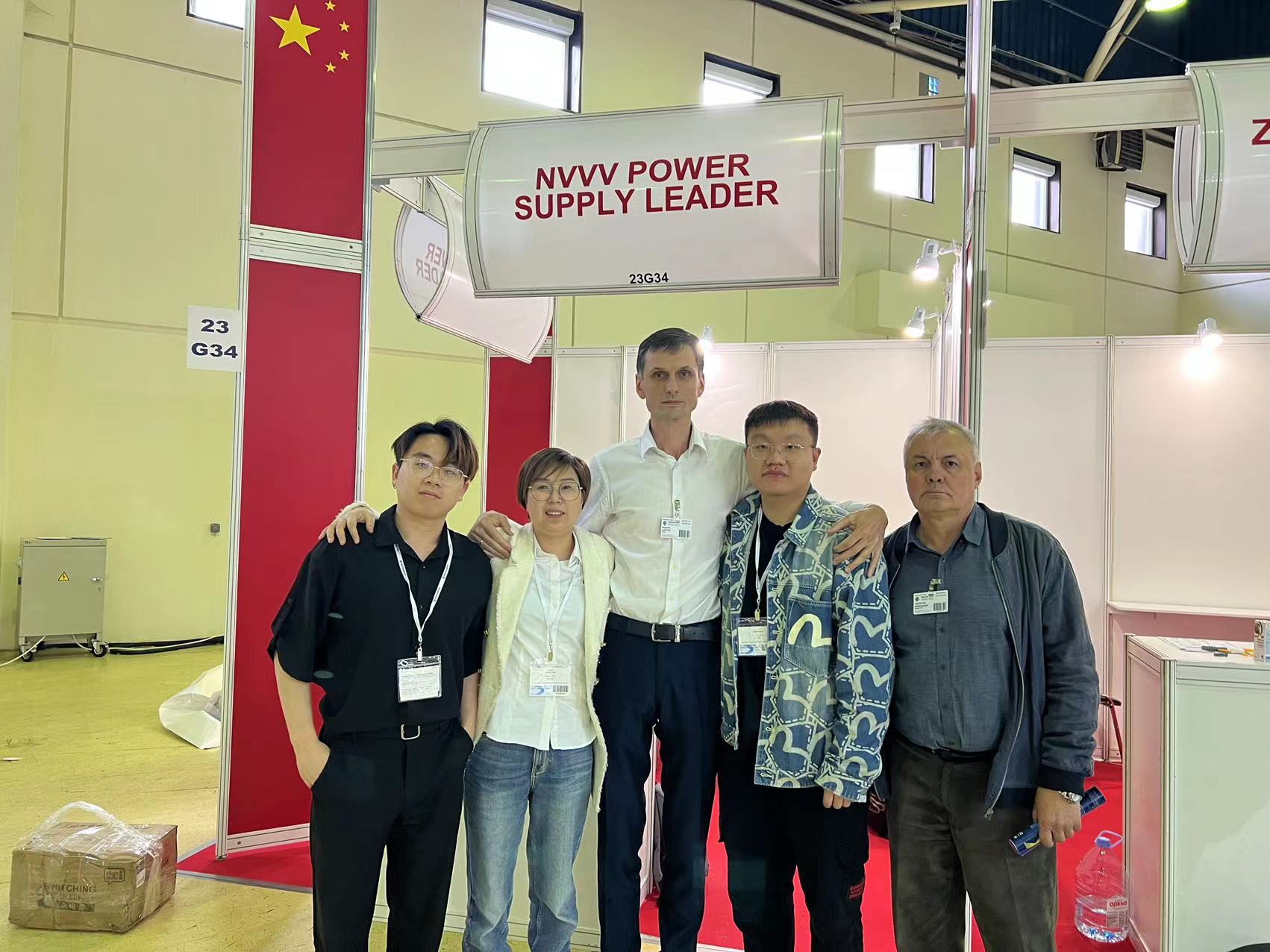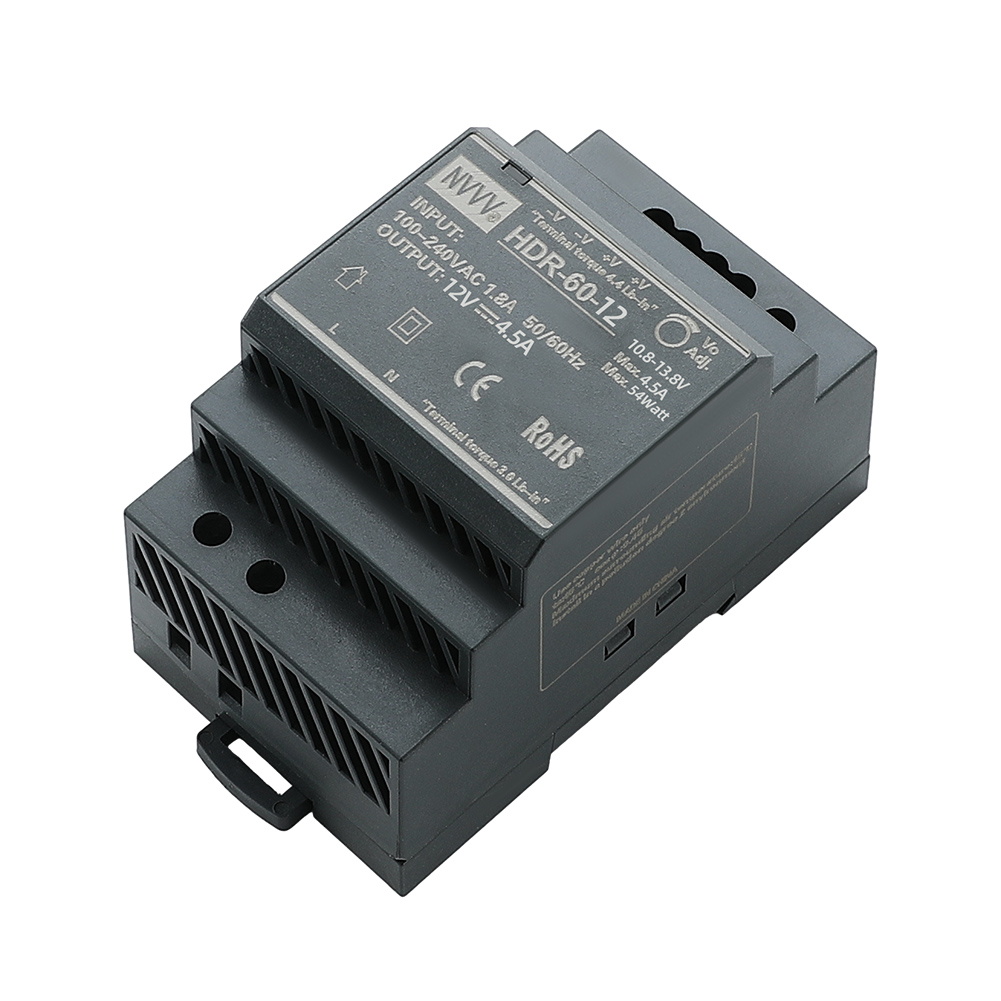Why Switching Mode Power Supplies Are the Backbone of Modern Industrial Systems
In today’s fast-paced industrial world, electrical systems are expected to deliver more than just raw power. They must operate efficiently, adapt to varying loads, withstand harsh environments, and run reliably for years. Behind the scenes of automation lines, fire safety systems, building controls, and precision electronics lies a quiet yet crucial component: the switching mode power supply (SMPS).
Although often overlooked, the SMPS plays a central role in ensuring equipment uptime, electrical safety, and energy efficiency. In this article, we’ll explore what makes SMPS such a vital component in industrial systems, how it compares to traditional alternatives, and what to consider when integrating it into your project.
Table of Contents
What Is a Switching Mode Power Supply (SMPS)?
Why Efficiency Matters in Industrial Applications
Compact Design with Powerful Capabilities
Clean, Stable Power for Sensitive Equipment
Built-In Protection for Critical Reliability
Flexibility in Harsh Industrial Environments
Compliance with Global Standards and Certifications
Cost-Efficiency in the Long Run
What to Consider When Choosing an SMPS
Applications Across Industries
Why NVVV Is a Reliable Partner for SMPS Solutions
What Is a Switching Mode Power Supply (SMPS)?
A switch mode power supply (SMPS) is a type of power conversion device that uses high-speed switching to convert electrical energy from one form to another—typically from AC to regulated DC. Unlike linear power supplies that dissipate excess energy as heat, SMPS uses transistors that rapidly turn on and off to control and stabilize voltage.
This approach allows SMPS to achieve much higher efficiency while also reducing the size and weight of the power supply. Modern SMPS units also come equipped with filtering and feedback circuits to ensure clean, consistent output, which is critical for sensitive digital systems.
What makes SMPS so adaptable is its design flexibility. It can be found in everything from a small 5V LED driver to a robust 48V industrial controller. Whether you're powering a data sensor or a multi-channel PLC system, SMPS can be configured to deliver reliable performance with precision.
Why Efficiency Matters in Industrial Applications
Every watt matters in an industrial setting. With dozens or even hundreds of machines running simultaneously, the cumulative energy savings from using an efficient SMPS can be substantial. But the benefits go beyond just utility costs.
Higher efficiency means less internal heat, which in turn means fewer cooling fans, reduced noise, and fewer failure points. Over time, this contributes to improved system reliability and lower maintenance costs.
In one production facility, after converting just 50 power supply units to SMPS, the engineering team measured a 12% drop in power usage. That single change translated into thousands of dollars in annual energy savings, plus a noticeable reduction in HVAC load within the power control rooms.
Efficiency also has an environmental impact. For industries that report on sustainability metrics or follow ISO 50001 energy management standards, switching to high-efficiency SMPS contributes directly to a greener operation.
Compact Design with Powerful Capabilities
Space is a valuable asset in control panels, server racks, and field enclosures. SMPS excels here thanks to its ability to deliver high power density in a small footprint. This makes it easier for designers and integrators to optimize space, whether for new installations or system upgrades.
Imagine a factory floor where every control cabinet is already filled to capacity. Switching from bulky linear power supplies to compact SMPS models can free up enough room for additional I/O modules or even entirely new subsystems—without having to redesign the enclosure.
In mobile applications like service robots, automated guided vehicles (AGVs), or compact environmental sensors, SMPS enables the design of lighter and more power-dense devices. Engineers no longer need to compromise between power and portability.
Clean, Stable Power for Sensitive Equipment
Digital control systems require more than just “power”—they need power that's stable, clean, and predictable. Even small voltage ripples can lead to issues like communication errors, false alarms, or system resets.
Switching power supply is equipped to handle these demands. With features like tight voltage regulation (often within ±1%), low ripple output, and built-in EMI filters, it ensures that sensitive electronics can operate smoothly and without interference.
For example, in a facility that manages environmental control through a network of temperature and humidity sensors, switching to low-noise SMPS units reduced data signal dropout by over 80%. This increased sensor reliability helped maintain climate precision in areas like clean rooms and cold storage.
Built-In Protection for Critical Reliability
Industrial systems operate in dynamic environments. Voltage spikes, current surges, unexpected loads—they're all part of daily operations. That’s why modern SMPS units are built with layers of protection, shielding both the power supply and the system it supports from damage.
These protective features are not just technical add-ons—they actively prevent downtime. For instance, in one packaging facility, a line halt traced back to a power fault in a label printer. The culprit? A low-quality power supply without overcurrent protection. After upgrading to an SMPS with full protection features, the system ran uninterrupted for over a year.
Protection like overvoltage, short circuit detection, and thermal shutdown isn’t just about protecting the power supply. It’s about ensuring your whole system keeps running safely.
Flexibility in Harsh Industrial Environments
Not every power supply gets to live in a climate-controlled cabinet. In the real world, SMPS must deal with temperature extremes, dust, oil mist, vibration, and even salt spray.
That’s why industrial-grade SMPS often include features like wide operating temperature ranges, sealed enclosures, and conformal coating to prevent moisture and corrosion damage. They’re designed to thrive where typical electronics would quickly fail.
In an outdoor pumping station located near a coastal zone, the salty air and high humidity previously caused repeated failures of standard power units. Switching to conformally-coated SMPS rated for marine environments brought system uptime back to 99% and eliminated the need for monthly maintenance calls.
Compliance with Global Standards and Certifications
Safety and compliance aren’t optional—especially when you're supplying equipment across different regions or industries. Certified SMPS products provide assurance that they've passed rigorous testing and meet EMC, electrical safety, and environmental standards.
Whether you're operating in Europe, North America, or Southeast Asia, using CE- or UL-certified SMPS ensures faster approvals, reduced liability, and customer trust.
For OEMs and system integrators, working with certified SMPS models also reduces the burden of documentation and audit requirements. It allows them to focus more on performance and innovation, and less on red tape.
Cost-Efficiency in the Long Run
Initial price tags can be misleading. While SMPS units may cost slightly more upfront than basic alternatives, the total cost of ownership (TCO) tells a different story.
When you factor in energy efficiency, reduced cooling needs, extended lifespan, fewer failures, and minimal maintenance, SMPS becomes the far more economical option. It’s a long-term investment that pays dividends over the life of the system.
As one facilities manager put it: “It’s not the cheapest product, but it’s the cheapest system.” His team saved on overtime labor and spare parts simply by not having to replace failed units every few months.
What to Consider When Choosing an SMPS
Choosing the right SMPS requires more than just matching voltage and current. Key considerations include:
Peak load vs. continuous load
Startup inrush requirements
Temperature derating
Physical mounting and space constraints
Redundancy and hot-swapping needs
Battery backup compatibility
Taking time to evaluate these factors prevents mismatches and future problems. It also ensures that your SMPS doesn’t become the weakest link in your system.
A smart choice here means fewer surprises later on.
Applications Across Industries
From automated farming to city infrastructure, SMPS is used anywhere that needs clean, reliable DC power. Some common areas include:
Emergency lighting systems
PLC panels and field I/O boxes
Fire alarms and smoke extraction units
Elevator control cabinets
Industrial HVAC and chillers
Telecommunication backup systems
The adaptability of SMPS allows it to power both mission-critical systems and general-purpose control hardware, making it one of the most universal power tools in the industrial world.
Why NVVV Is a Reliable Partner for SMPS Solutions
At NVVV, we’ve spent over two decades refining our switched mode power supplies to meet the evolving needs of modern industry. Whether your project involves rugged outdoor deployment, tight control panel integration, or international compliance, we have a solution to match.
Our SMPS products are:
Certified to global standards CE
Available in fanless, DIN-rail, modular, and waterproof designs
Built for longevity, stability, and safe operation
Supported by real engineers, not just sales desks
With a proven track record in automation, fire protection, elevator systems, and energy management, NVVV’s switching power solutions quietly power success behind the scenes—every day, everywhere.

